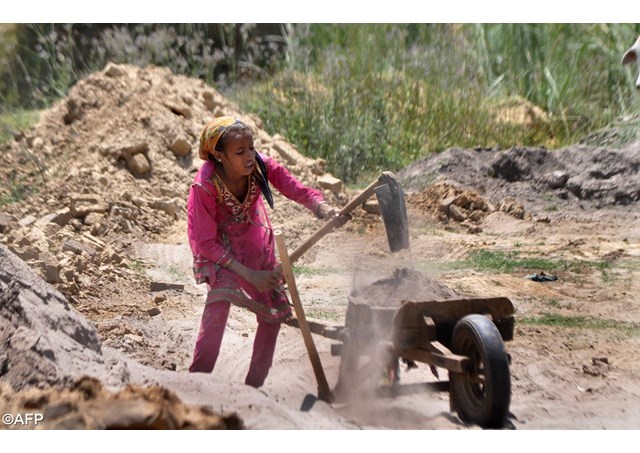
International Day Against Child Labour 2015

The International Day Against Child Labour was observed by the United Nations on Friday on the theme “NO to Child Labour – YES to Quality Education.” A new report by the UN’s International Labour Organization (ILO) prepared for this year’s June 12 observance said that around 20 to 30 per cent of children in low income countries complete their schooling and enter the labour market by the age of 15. Entitled, “The World Report on Child Labour 2015 : Paving the way to decent work for young people”, the study shows that young persons who have been burdened by work as children are more likely to settle for unpaid family jobs and are more likely to be in low paying jobs. ILO Director-General Guy Ryder said that keeping children in school and receiving a good education until at least the minimum age of employment, will determine the whole life of a child. “It is the only way for a child to acquire the basic knowledge and skills needed for further learning, and for her or his future working life,” he said.
The report addresses the twin challenges of eliminating child labour and ensuring decent work for young people. Based on a 12 country survey, it examines the future careers of former child labourers and early school leavers. The ILO’s most recent estimate is that 168 million children are in child labour, with 120 million of them aged 5 to 14 and as many as five million children are in slavery-like conditions. The main findings of the report are that prior involvement in child labour is associated with lower educational attainment, and later in life with jobs that fail to meet basic decent work criteria. Early school leavers are less likely to secure stable jobs and are at greater risk of remaining outside the world of work altogether. It also found that a high share of 15-17 year olds in many countries are in jobs that have been classified as hazardous or worst forms of child labour and that those in hazardous work are more likely to have left school early before reaching the legal minimum age of employment.
The report recommends early interventions to get children out of child labour and into school as well as measures to facilitate the transition from school to decent work opportunities for young people. Particular attention should be given to the 47.5 million young people aged 15 to 17 in hazardous work and the special vulnerabilities of girls and young women. “National policies should be directed towards removing children and young people from hazardous jobs and, of course, towards removing the hazards in the workplace,” Ryder said.
Pope Francis on Sunday drew attention to the June 12 World Day Against Child Labour, saying, “So many children in the world do not have the freedom to play and go to school; they end up exploited as cheap labour.” “I hope that the international community will remain constantly committed to promoting the active recognition of children's rights,” he said during his midday ‘Angelus’ prayer.
The International Labour Organization (ILO) launched the World Day Against Child Labour in 2002 to focus attention on the global extent of child labour and the action and efforts needed to eliminate it. (Source: UN)
| All the contents on this site are copyrighted ©. |


